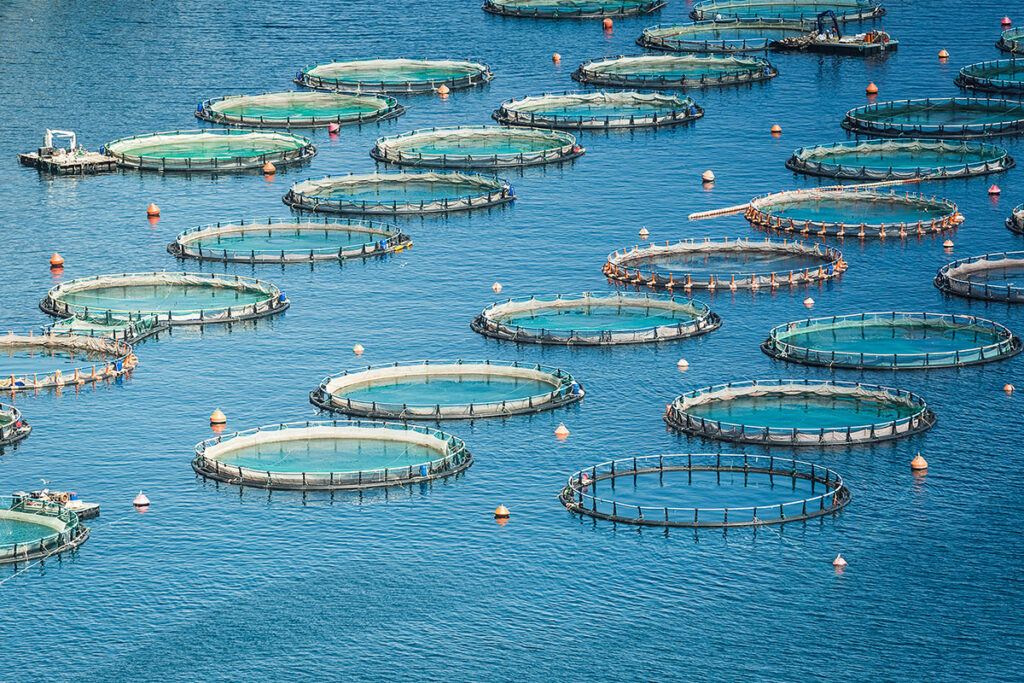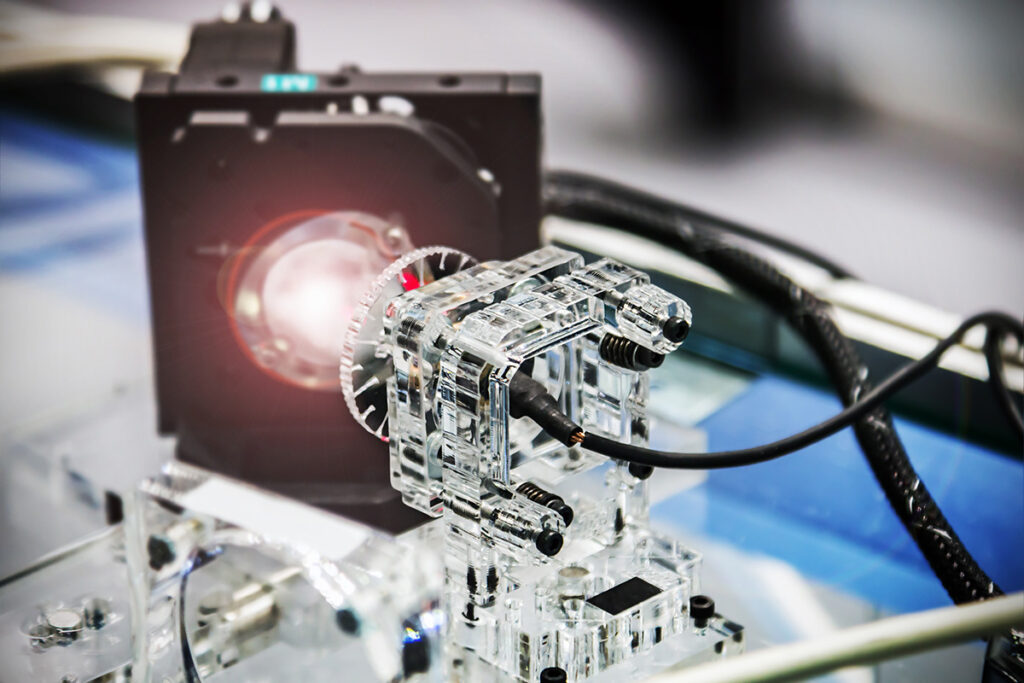TIP’s Triptychs series features three examples that, when brought together, illuminate a subject of interest to our clients, partners, and colleagues.
Over the next decade, the global blue economy is expected to generate $3 trillion. In 2018 alone, it supported 2.3 million US jobs and contributed $373 billion to the nation’s gross domestic product. Forty percent of the United States population lives near coastal areas, mirroring the global rate. As the industry grows, sustainability is paramount to ensure long-term ocean ecosystem health and coastal community livelihoods. Below are a few examples of innovative North American regions that have made strides to balance long-term ecosystem resilience and economic growth.
US Gulf Coast
The coastal regions of Louisiana and Mississippi are home to several innovative blue economy projects. In Louisiana, the Jefferson Parish Economic Development Commission has launched the Seafood Enterprise Assistance Fund, part of a long-term strategy to preserve Jefferson Parish’s fishing industry. Established with Community Development Block Grant (CDBG) dollars, the program offers commercial fishermen and fishing-related businesses loans for equipment purchases or improvements with repayment terms that align with the industry’s seasonality. The Water Campus, a 35-acre riverfront project in Baton Rouge, aims to improve coastal resiliency, attract global water scientists, and boost the regional economy. Inspired by Deltares, a Dutch water research institute, the Campus leverages federal funding for projects in the state’s $50-billion, 50-year coastal restoration master plan. It also links downtown Baton Rouge with Louisiana State University, providing catalytic opportunities that have generated more than $2 billion in investment. Over the next two decades, the campus is projected to create 45,000 jobs.
The University of Southern Mississippi has secured a $4 million National Science Foundation grant to study the impact of microplastics on marine and community health and design new materials for addressing plastic waste recycling challenges. The “ASPIRE” project’s goal is to develop a regional innovation hub that promotes environmental and population health, as well as sustainable and equitable economic development. In addition to academic research, Mississippi’s Gulf Blue Navigator program accelerates time-to-revenue for late-stage blue technology startups. The six-month program provides access to expertise; collaboration; research; testing; light manufacturing; funding; and physical infrastructure, including a collaborative workspace in the emerging Gulfport Blue Economy Innovation District.
San Diego Unified Port District (California)
The Port of San Diego (Port) is governed by the San Diego Unified Port District (District), which controls 34 of the 54 miles along the regional coastline. With a large military, academic, and industry presence, the District has been able to cultivate a globally competitive blue technology sector. In 2015, the Port established the Aquaculture & Blue Technology Program (ABTP) to expand the region’s water cluster and, the following year, launched the Blue Economy Incubator (BEI). BEI builds on ABTP’s efforts by supporting early-stage sustainable aquaculture ventures and Port-related ocean technologies. Selected projects have access to funding, proof of concept testing, regulatory and permit assistance, marketing, facilitated stakeholder collaboration, and grant opportunities. Since BEI’s inception, the Port has approved nine projects and attracted more than $1.2 million in additional research and development funds.
Atlantic Canada
Launched in 2018 as part of the Innovation Superclusters Initiative, Canada’s Ocean Supercluster Initiative (COS) is an industry-led effort that advances cross-sectoral collaboration, innovation, and commercialization. COS has developed a robust Innovation Ecosystem (IE) that strengthens the relationships between small and large companies through shared resources and regional connectivity, resulting in new supply chain partnerships and accelerated commercialization from academic institutions. The ecosystem helps member companies address shared workforce challenges by attracting entrepreneurs and new talent. IE currently offers two programs. The Ocean Startup Project invests in ocean-based businesses and technologies while supporting them from ideation to commercialization. The Indigenous Career Pivot recruits, supports, and places indigenous Canadians in meaningful jobs.



